Table of Contents
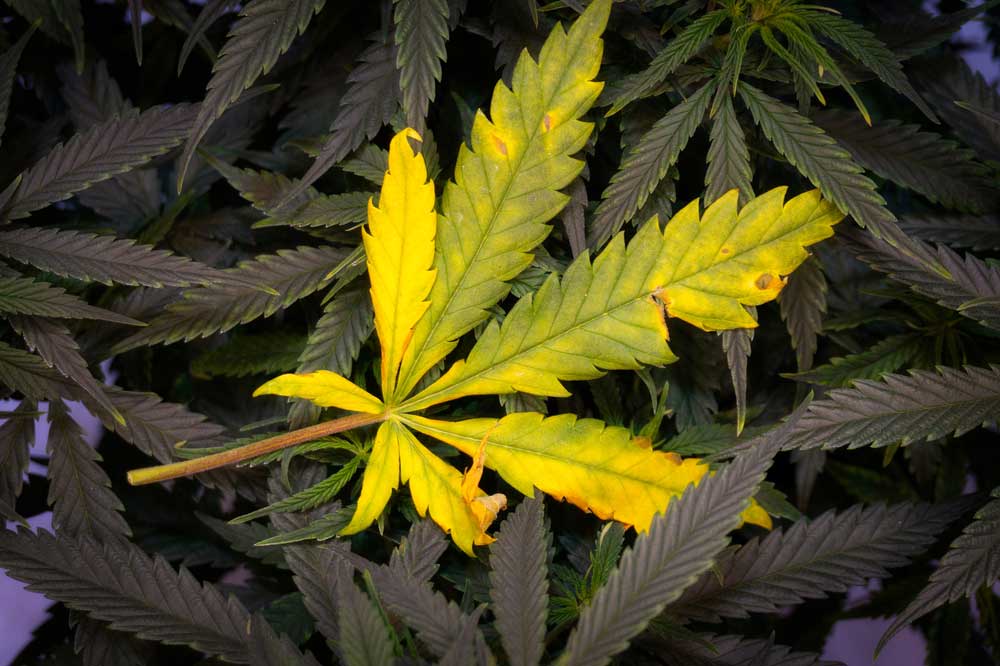
Our cannabis plant could only take much of light exposure. And there is a huge possibility that they will be damaged and wilt if sun exposure or improper lighting occurs. In this article, we would like to discuss what cannabis light burn symptoms and solutions may help you in getting quality and potent strains.
There will be situations that they will show symptoms or evidence that a strain receives enough light and signs that they are being exposed to too much. There’s so much light that can harm the weed plant in different ways. Light burning means that your marijuana leaves nearest to the source of light becomes yellow and crumble in certain instances, and eventually die off. In some cases, it could also bleach the vine, lose color, and into a light white.
Even though marijuana requires a considerable amount of light, this can be given far too much. Whenever this occurs, and your marijuana plants undergo stress, there can be all kinds of massive issues. We will provide information on how we can recognize and combat these maladies.
How about they’re signs and symptoms of being light burned? Once your crops struggle from bright burning, they will typically be affected by those leaf on its tip that is directly beneath the lights. These are going to turn yellow. Though – and light burning doesn’t always manifest immediately in leaf buds. Also, often, before they transform in different hues, this same leaves might start pointing up first.
How to tell cannabis light burn symptoms due to lack of nitrogen? Any issues with growing marijuana, including a nitrogen shortage, can even have yellow buds, but there were forms of identifying one disease from another. The most important distinction in a nitrogen deficiency would be that light burning impacts the top leaf close to the light, whereas this nitrogen deficiency would then usually begin to showdown to the bottom of the crop of those old leaves.
Its yellow leaves are either a nitrogen deficiency and can also wane and collapse, usually falling off alone. Besides, the light burnt leaves will generally stay mostly on plants, that will not be easy to pick up. That yellowing mostly from a light burn would even hold the central veins of the green leaves, that is indeed the case for a deficit in nitrogen. But those yellow leaves weren’t the only sign of light burning at the edges. Often, its leaves, along with brown coloring and burned tips or tops, may transform a reddish or like purple as well.
If your marijuana plant will not get the right nutrients for optimum growth, or whether it continues to suffer from several other problems, it’ll also increase the likelihood that your crop will be decimated by light burning, which can be handled much better by safe plants.
Cannabis Light burn diseases don’t generally have to reveal up immediately. Sometimes the light could be just a little too near to the plant; that also means that its burning is slow, and you will not immediately recognize it. In this scenario, after many weeks, the foliage will gradually die off. If that occurs, then you will see the initial indications of light burning on older leaves and will make it difficult to locate the true source.
The leaves of cannabis which are revealed too much from the light can often be bleached. However, instead of turning to yellow and starting to crumble, they will lose their color and transform into white. It can sometimes occur when using modern, LED, or an HPS light installed near to the plants.
White or light-bleached leaves or buds were often claimed to be albino marijuana or white marijuana strain of yet another novelty. Sadly, such bleached crops, besides their fascinating appearance, are nothing wonderful. Yes, bleached buds are likely to have lost much of their taste or strength, or both, now.
These bleached leaves are not exceedingly common because of too much exposure to light. These conditions could make it totally burned, and then her small leaves will have a darker shade of brown.
Once you observed or think your crop suffering with light burning, you should do the tips below:
If you can’t make some adjustments with your grow light because it is higher and farther away, you might look at leaning it down so you can maximize the gap. It is also recommended to remove the tip of your crop, only while your cannabis is already in the veg process. Talking about the distance you can do to prevent burnt leaves, the next question is, how far can you adjust your marijuana plants? We will also present the optimal measurement of your plants from your installed grow lights.
Growing lights could perhaps differ tremendously in their frequency and voltage, throughout the beam of wavelengths they give off, and that in the particular type of light in use, that is. LED / HPS. Many other reliable growing light makers will have relevant data about the suggested distances from the way to keep crops. This range would also rely on the state the crops are developing in. Generally, new growth requires a greater length as they’re more sensitive to temperature susceptibility.
There is much less chance of light burning outdoors, under the most strenuous bright sunlight. The only other moment you have to be vigilant of so much sunshine is when you push plants from within onto the outdoors. Throughout this case, your erstwhile indoor plants also had to get used to the exterior. You should not push them straight into some kind of sun-drenched location with your enclosed shelter, but first position her in shaded, open place until they can gradually become used to a bright new world. You should then growing the crop in a warm and sunny location after about a week.
In addition to signs of heat discomfort, marijuana light burn occurs very frequently. The possible explanation seems to be that numerous types of growing lights would also consider giving off a significant amount of light except for some lights ( LED ).
Besides plants that are too near to a source of light would also face additional heat stress. It implies your crops will probably exhibit a mixture of symptoms on both circumstances-too much light and far too much high temperatures. Likewise, these signs can take the form with plants wilting, discolored, and dying.
Varieties of indoor marijuana that grow in electric lighting may use a basic trick to see if the temperature under a rising light would be too intense for the plants: merely put your hands under the light around the level of your crops. Then is it still comfortably, warm, and not even that hot, then your crops must be okay too.
Understand that any adjustments to your crop’s growth conditions, such as reducing or raising the light output or heat, would entail specific needs for watering and nutrients. Too much light would then make your crops grow because they will need more nutrients and water as well. Daily irrigation with concentrated light and elevated temperatures will also help to limit cannabis light burn under these growing conditions.
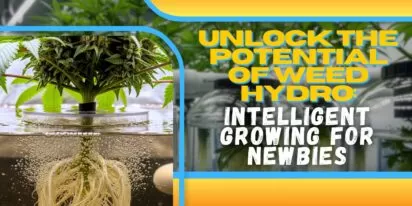
Curious about growing weed in a healthy, effective way? Welcome to the realm of weed hydro! This method uses water instead of soil, delivering n

Peyote Zkittlez is a unique cannabis strain that has quickly gained dedicated followers among enthusiasts and patients alike. Its parentage—Zk
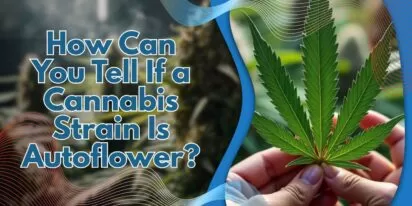
As growers, we want strains that work well, are strong, and are of good quality. Autoflowering cannabis strains are a big step forward for both
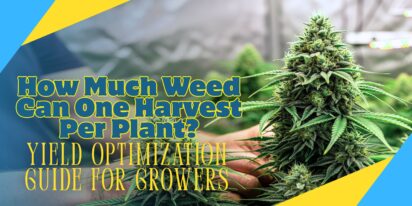
Pot growers always ask the same basic question: How much weed does a weed plant produce? The answer is complex and depends on a multitude of var

Ever had the room spin after a few hits? You're not alone. Figuring out how to prevent getting dizzy high can make your cannabis experience a wh
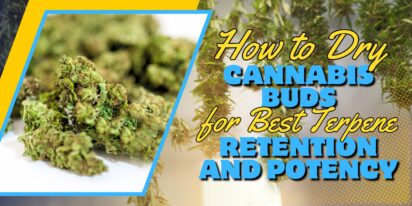
Drying cannabis properly is a critical process in preserving the plant's full aroma and flavor and its psychoactive abilities. Tampering with th

Ever caught yourself a bit too high and all of a sudden in need of being normal? Whether you're heading out for munchies or bumping into someone

Looking for sage advice on how not to get pinched with weed without batting an eye? Attempting to protect your stash from gossipy roommates, sno
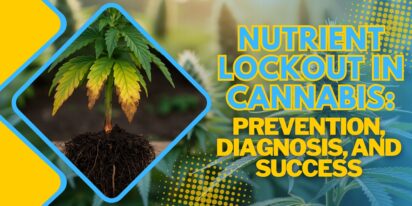
Nutrient lockout, also known as nutrient binding or chemical antagonism, is a significant issue in cannabis cultivation that negatively impacts
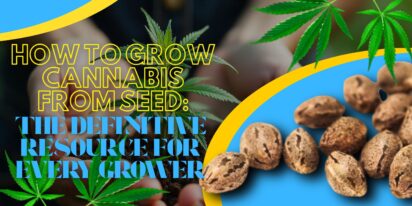
Germination is the most critical initial stage in growing healthy, high-quality cannabis plants. During germination, the dormant seed becomes a
Are You 18 Or Over?
By selecting “Continue”, you confirm that you are at least 18 years of age and legally permitted to access cannabis related content in your region.
By using Rocketseeds.com, you agree to our legal disclaimer.
Excellent blog here Also your website loads up very fast What web host are you using Can I get your affiliate link to your host I wish my web site loaded up as quickly as yours lol
Your writing is not only informative but also incredibly inspiring. You have a knack for sparking curiosity and encouraging critical thinking. Thank you for being such a positive influence!
Simply wish to say your article is as amazing The clearness in your post is just nice and i could assume youre an expert on this subject Well with your permission let me to grab your feed to keep updated with forthcoming post Thanks a million and please carry on the gratifying work
Somebody essentially lend a hand to make significantly articles Id state That is the very first time I frequented your website page and up to now I surprised with the research you made to make this actual submit amazing Wonderful task
Your blog is a beacon of light in the often murky waters of online content. Your thoughtful analysis and insightful commentary never fail to leave a lasting impression. Keep up the amazing work!
Thank you for the auspicious writeup It in fact was a amusement account it Look advanced to more added agreeable from you By the way how could we communicate
Your blog is a constant source of inspiration for me. Your passion for your subject matter shines through in every post, and it’s clear that you genuinely care about making a positive impact on your readers.
Your blog is a constant source of inspiration for me. Your passion for your subject matter is palpable, and it’s clear that you pour your heart and soul into every post. Keep up the incredible work!
Your articles never fail to captivate me. Each one is a testament to your expertise and dedication to your craft. Thank you for sharing your wisdom with the world.
Your blog is a testament to your dedication to your craft. Your commitment to excellence is evident in every aspect of your writing. Thank you for being such a positive influence in the online community.
Your writing has a way of resonating with me on a deep level. I appreciate the honesty and authenticity you bring to every post. Thank you for sharing your journey with us.
Your blog is a true gem in the world of online content. I’m continually impressed by the depth of your research and the clarity of your writing. Thank you for sharing your wisdom with us.
Hi i think that i saw you visited my web site thus i came to Return the favore Im attempting to find things to enhance my siteI suppose its ok to use a few of your ideas
Somebody essentially help to make significantly articles Id state This is the first time I frequented your web page and up to now I surprised with the research you made to make this actual post incredible Fantastic job
Usually I do not read article on blogs however I would like to say that this writeup very compelled me to take a look at and do so Your writing taste has been amazed me Thanks quite nice post
Your blog has quickly become one of my favorites. Your writing is both insightful and thought-provoking, and I always come away from your posts feeling inspired. Keep up the phenomenal work!
Every time I visit your website, I’m greeted with thought-provoking content and impeccable writing. You truly have a gift for articulating complex ideas in a clear and engaging manner.
Hey there You have done a fantastic job I will certainly digg it and personally recommend to my friends Im confident theyll be benefited from this site
I have read some excellent stuff here Definitely value bookmarking for revisiting I wonder how much effort you put to make the sort of excellent informative website
Nice blog here Also your site loads up very fast What host are you using Can I get your affiliate link to your host I wish my site loaded up as quickly as yours lol
What i do not understood is in truth how you are not actually a lot more smartlyliked than you may be now You are very intelligent You realize therefore significantly in the case of this topic produced me individually imagine it from numerous numerous angles Its like men and women dont seem to be fascinated until it is one thing to do with Woman gaga Your own stuffs nice All the time care for it up
Your blog is a beacon of light in the often murky waters of online content. Your thoughtful analysis and insightful commentary never fail to leave a lasting impression. Keep up the amazing work!
Your blog is a breath of fresh air in the often stagnant world of online content. Your thoughtful analysis and insightful commentary never fail to leave a lasting impression. Thank you for sharing your wisdom with us.
Your blog is a beacon of light in the often murky waters of online content. Your thoughtful analysis and insightful commentary never fail to leave a lasting impression. Keep up the amazing work!
Usually I do not read article on blogs however I would like to say that this writeup very compelled me to take a look at and do it Your writing style has been amazed me Thank you very nice article
Your writing has a way of resonating with me on a deep level. I appreciate the honesty and authenticity you bring to every post. Thank you for sharing your journey with us.
This hydroponics guide is quite the buzz, seriously! Who knew growing weed without dirt could be so complicated yet potentially rewarding? The breakdown of systems like DWC and NFT is helpful, though I suspect my cat might confuse the air pump for a toy. The idea of cleaner buds is tempting, especially since explaining hydro weed to my non-growing friends might get messy. And the bit about potential dizziness from hydro weed? Perfect, now I have an excuse for why I always stumble a bit after a grow session. Still, the promise of faster grows and higher yields is hard to ignore, even if it means more trips to the pH meter than to the coffee shop. Overall, a cultivating read for the curious grower!